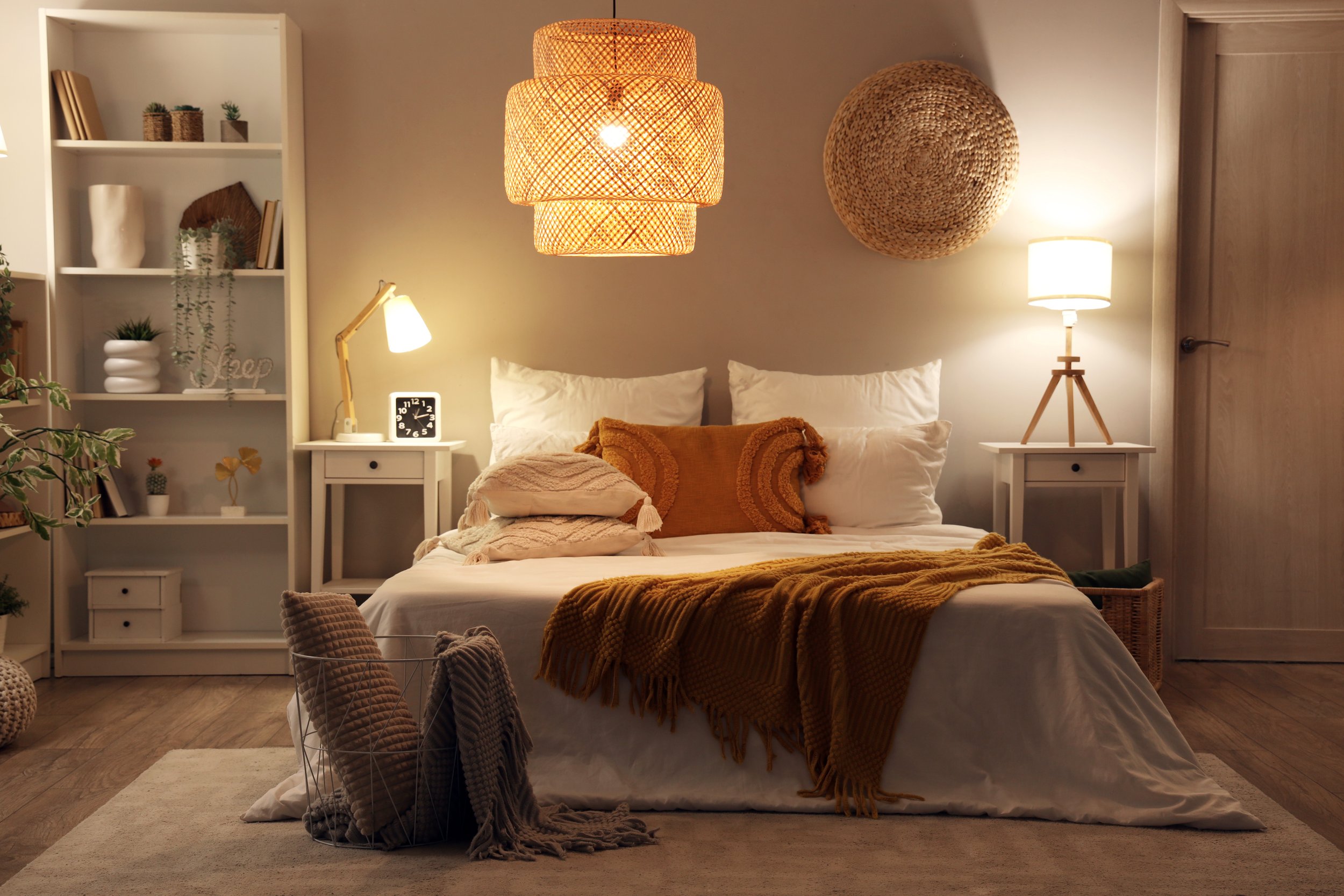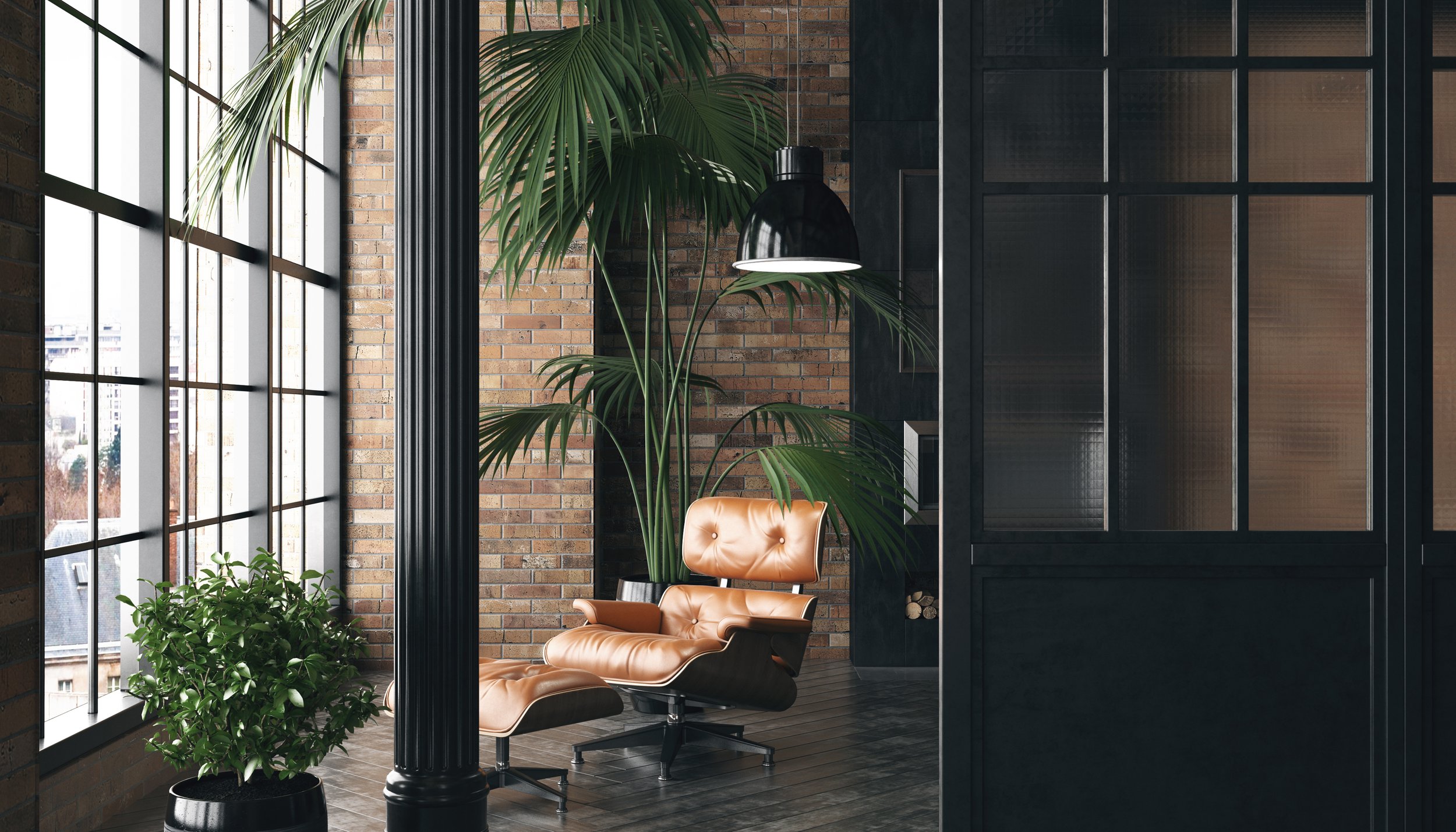The Power of Space: How Good Design Shapes How We Think, Feel, and Live
There’s something powerful that happens when you walk into a space that just feels right. You know the moment I’m talking about. Maybe it’s the quiet calm of a sun-drenched reading nook, the buzz of energy in a well-designed kitchen, or that soft, almost imperceptible stillness in a spa-like bathroom. It’s not just about what the space looks like—it’s about what it makes you feel.
I recently finished reading Your Brain on Art by Susan Magsamen & Ivy Ross, an intelligently written and science-backed book about how art impacts the brain and betters our lived experience. The book dives deep into the research and science of how art and design quite literally rewire our brains—how good design doesn’t just please the eye, it changes how we think, feel, and even heal. As someone who’s been working in interior design and remodeling for as long as I have, this wasn’t exactly news to me. But seeing the hard science laid out behind what I’ve always instinctively known? That was something else.
And it got me thinking: How often do we really talk about design purely from the surface level? The tile choices. The hardware. The paint colors. Rarely do we dive into why certain spaces make us feel calm, energized, safe, or inspired. And yet, that’s where the real magic of design lives.
Design = Psychology
The spaces we spend time in shape how we feel. This isn’t just a poetic thought; it’s neuroscience. Our brains respond to patterns, colors, textures, light—all the things that designers work with every single day.
In Your Brain on Art, the authors talk about how environments can influence everything from stress levels to creativity. Natural light lowers cortisol levels. Rounded edges in furniture can make a space feel safer (our brains subconsciously register sharp angles as a threat). Even the way a room flows can dictate whether we feel trapped or free.
I so often think about my immediate anxiety when I enter a hospital; the bulging sense in my veins and the cold in my hands. I used to think this was a fear of illness or trauma creeping up from time spent with a loved one hooked to a machine. Over time, however, I’ve learned that my reaction to hospitals is related to the space. The blue lighting, highly reflective surfaces, often low ceilings. Limited natural light, no feel of natural air. It’s a very similar sensation to the one I feel in a corporate office. I can’t wait to get out of there, and I’m certainly the furthest version from my creative self.
This is why the role of a designer goes so far beyond aesthetics. We’re not just picking out lovely finishes; we’re essentially choreographing how people move through and feel within a space. A good designer knows how to guide the eye, ease transitions between rooms, and create emotional responses—sometimes, oftentimes, without you even realizing it’s happening.
And this influence is everywhere. Returning to my hospital analogy, I think of medical waiting rooms—often sterile, cold, and anxiety-inducing. Now I imagine the same space with natural wood elements, soft seating, warm lighting, and biophilic touches like plants or natural light. The entire emotional tone shifts. The design didn’t just change the look; it changed the experience.
The Unseen Elements That Change Everything
What I love about good design is that the best parts are often the things you don’t even notice. It’s the subtle way a curved archway makes you linger a little longer. It’s how a muted green wall in a dining room encourages conversation. It’s the way warm wood flooring can make a space feel grounding and safe.
These aren’t accidental. They’re intentional choices based on how humans interact with space.
I worked on a project a few years ago—an older home in desperate need of love. The client was clear: she wanted a space that felt like a sanctuary. We certainly didn’t want to just apply aesthetic transformations and consider that enough. We rethought the entire flow of the home. We widened doorways to create a sense of openness, added natural textures that softened hard lines, and layered in lighting that shifted throughout the day to mirror natural circadian rhythms.
The result? She told me she’d never slept better in her life.
It’s the invisible decisions—the flow, the lighting, the materials—that make the difference between a house that looks good and one that feels alive. And that’s the kind of design that sticks with you.
Designing for Emotion
Here’s the thing: We talk a lot about beautiful spaces, but beauty means nothing if a space doesn’t make you feel something.
In the world of remodeling, it’s easy to get caught up in what’s trending—fluted wood panels, curved furniture, bold stone veining (all gorgeous, by the way). But the real question I always ask is: How do you want to feel in this space? Because once I know that, the design falls into place. This is where design gets personal. It’s not about following Pinterest boards or sticking to one aesthetic. It’s about creating a space that reflects who you are and supports how you want to live.
Something that we’re really loving right now at Lindy is that 2025 seems to be the year that will bring back a lot of this personalized focus. We’re seeing some major shifts into the support of individualized spaces that honestly and genuinely reflect personality. There’s a pleasant and encouraging movement in social media and beyond that is pushing forward the ideas of bringing back techniques and styles that were lost in the ever-changing tides of trends and, more importantly, resale value. Many spaces have been held back for the sake of being able to sell them down the line, and this has resulted in some unfortunate results that don’t inspire or warm.
Ultimately, the more I do this work, the more I realize: when people love their homes—when their spaces feel intuitive, comforting, and inspiring—it spills into the rest of their lives. They sleep better. They host more dinners. They feel less stressed. That’s the real gift of good design.
What This Means
Your Brain on Art makes it clear: our surroundings shape us in more ways than we realize. And in a world where so much of our time is spent navigating spaces—our homes, workplaces, parks, the third space—it’s never been more important to design environments that support us emotionally, mentally, and even spiritually.
Spaces are not just containers for life; they are catalysts for how life unfolds. They can stir creativity, foster connection, cultivate calm, or spark energy. They hold the power to shape not only our days but also our sense of self. The texture of a wall, the way natural light filters into a room, the arc of a staircase—these seemingly small details create ripple effects that touch our emotions, behaviors, and even our memories.
Libraries hush you into reflection, bustling markets pulse with energy, and certain city streets invite slow, meandering walks. These spaces speak to us, even if we aren’t consciously listening. And in our homes—our most intimate environments—the impact is even more profound. It’s where our stories unfold, where we recharge, connect, and dream.
But what if we thought about design not just as a tool to beautify, but as a means to shape experiences? Imagine designing a living room not merely for entertaining but for deep conversation. Or shaping a workspace not just for efficiency but for flow and focus. Even public spaces—those aforementioned parks, libraries, cafés—can be designed to heal, energize, and bring people together.
Design becomes transformative when we stop seeing it as static and start seeing it as dynamic—a living dialogue between people and place.




